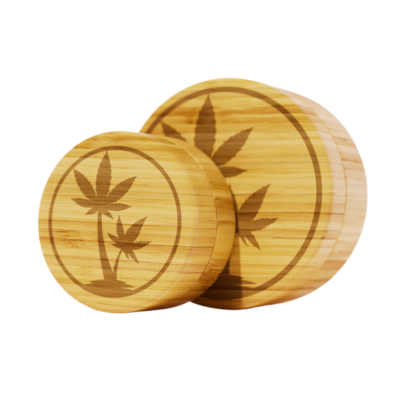Spring is here and it is a season of new beginnings and old endings. We are leaving behind the darkness and doubt of winter to embrace the light, hope and optimism of the coming year. Next weekend we will be celebrating Easter which is our modern version of the ancient rites of Spring. We will talk more about that in next weeks blog on Good Friday. This week however we are going to look at the Rites of Spring from ancient cultures that coincidentally enough also had a very strong relationship with Hemp/Cannabis. So lets get right into it.
The Pagans
The Germans have a long historical relationship with Hemp. In fact the word Hemp is derived from the Proto-Germanic word hanapiz. The Pagan Germans worshiped Freya, the Norse Goddess of love, magic, healing and fertility. As a Goddess of fertility she was also the Goddess of Spring.
She leaves the earth during Winter and returns in the Spring wearing a necklace called Brisingamen representing the fire of the sun. With it she brings back life, beauty and love to the world. Freya was also associated with Cannabis.
The exact nature of the rituals remains a mystery. However it is safe to assume that as a Goddess of healing, fertility and cannabis that cannabis was used in the celebration. for both medicinal and recreational (procreational) purposes. Much in the same way it is used today, thousands of years later.
The Middle Way
The ancient Chinese had a great respect for nature. They also had a profound understanding of reality. Their philosophy of Feng Shui is the science/art of the placement of thing in relation to the Earth’s currents. They referred to these currents as the Dragon Lines. We now know that these lines are actually electromagnetic currents that go around the earth.
Basically the Chinese knew a lot of stuff back then. They were one of the most advanced and sophisticated cultures in the world, particularly in areas of technology, philosophy, religion and medicine. They gave us noodles and gunpowder for goodness sake. The Chinese were also very into cannabis. There is a very good chance that they brought hemp/cannabis out on to the legendary Silk Road trade route and helped to spread it further west.
The Chinese were SO into cannabis that they even had a goddess, well demigoddess really, specifically devoted to cannabis. Her name is Magu. Her name literally means Hemp Woman. Magu was known as a healer and the keeper of the secrets of longevity and the elixir of life.
Holi Holy Love
Now we move to India. Another ancient and highly sophisticated culture. The ancient Indians had hyper advanced mathematics and a profound understanding of spiritualism, philosophy and reality. The Indians also have an absolutely legendary celebration of the arrival of Spring known as Holi.
Holi is also known as the Festival of Colors. It is the celebration of the triumph of good over evil lasting for two days. It begins with fire to ward off the evil and on the next day people throw colored powder on each other. The colors represent love, fertility and all of the things that come with Spring.
Another part of the festival is Bhang. Bhang is a cannabis infused milk drink that makes the drinker intoxicated or ‘high’. The drink was supposedly discovered by the Hindu god Shiva. Shiva is the god of many things, but he is a major champion of cannabis. Holi also celebrates the return of Shiva to the world.
Cannabis has always had a high place in Indian culture. In religious texts cannabis was considered a source of joy, a liberator used to be joyful and lose fear. The texts go on to say that Bhang was to be used as a treatment for various medical conditions from epilepsy to depression. It is essentially used for both medical and recreational purposes, very much in the same way we use it today. Whoa, its like deja vu all over again.
Outro
So there we have it, three different ancient cultures, three different Rites of Spring, one common element. Cannabis. And here we are thousands of years later rediscovering the power of this plant literally worshiped by the ancients. It is a testament to the enduring power of cannabis and the place that it has in our lives.




